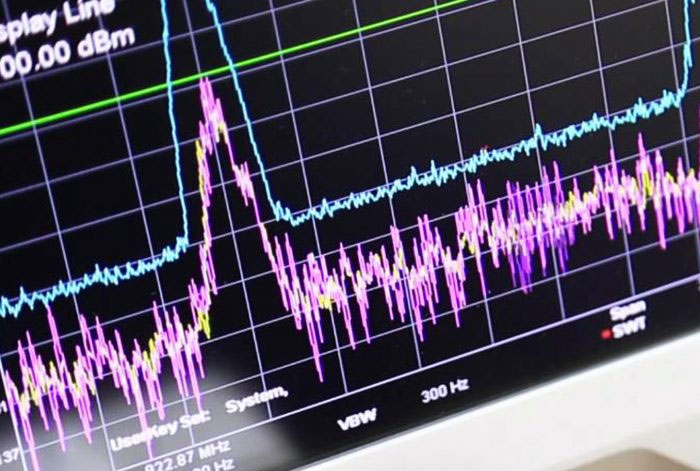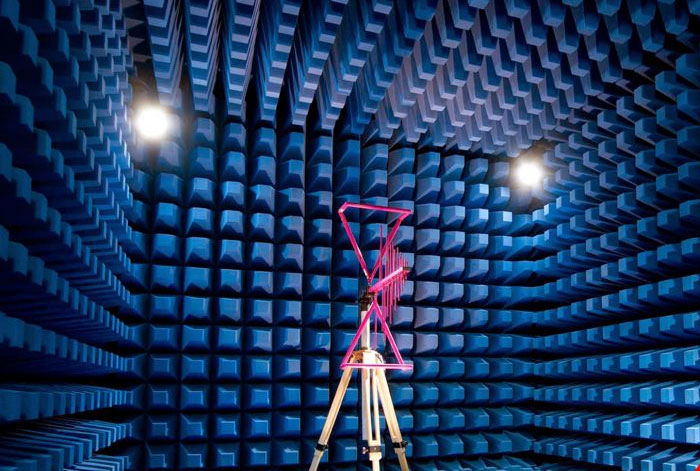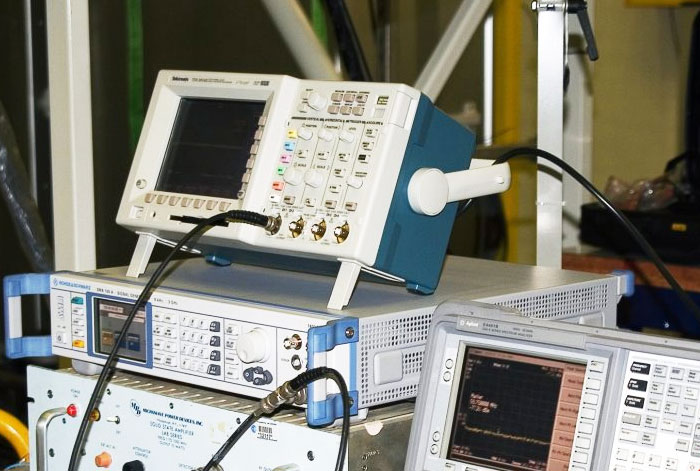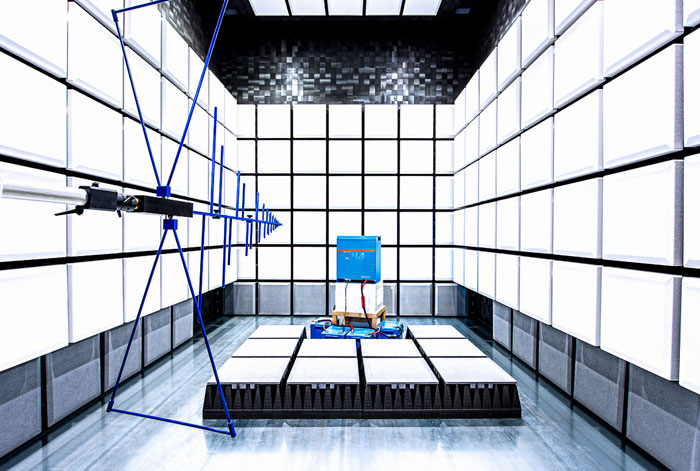Conductivity Immunity Tests

Electromagnetic compatibility, referred to simply as EMC, is the ability of an electrical or electronic system, a device, or a component thereof, to function in the electromagnetic environment in which it is operating, without any electromagnetic disturbance. Electromagnetic interference, also referred to as EMI, is the power of an electrical or electronic system, a device, or a component thereof, to interact with a system or device of similar properties in the same environment.
In this context, electromagnetic compatibility tests performed in authorized laboratories are conducted for the following electromagnetic interferences:
- Radiated Emission
- Radiated Susceptibility
- Conducted Emission
- Conducted Susceptibility
Transmission susceptibility tests are performed to determine the response of these devices to electromagnetic noise in the environment via connected cables connected to an electrical or electronic system, the device or its components. In order to ensure the accuracy of the test results, these devices, cables and field calibrations must be performed beforehand.
In the susceptibility tests by conduction, the test levels are between 1, 3, 10 V and the test band is determined according to the applied standard. For example, for the TS EN 61000-4-6 standard, the test band between 150 KHz and 80 MHz is applied.
Many electromagnetic compatibility (EMC) tests are performed in authorized laboratories. our organization conductivity immunity (susceptibility) tests within the scope of EMC tests., in accordance with the relevant regulations, standards and test methods published by domestic and foreign organizations. These standards are based on a few standards:
- TS EN 61000-4-4 Electromagnetic compatibility (EMC) - Part 4-4: Tests and measurement techniques - Electrical rapid transient regime / burst immunity test
- TS EN 61000-4-5 ... Pulse immunity test
- TS EN 61000-4-6 ... Against disturbances caused by transmission induced by radio frequency fields
- TS EN 61000-4-8 ... Network frequency magnetic field immunity test
- TS EN 61000-4-9 ... Impact-shaped magnetic field immunoassay
Our institution, from the ÖSAS Accreditation Institution, Accredited according to TS EN ISO / IEC 17025 standard.





